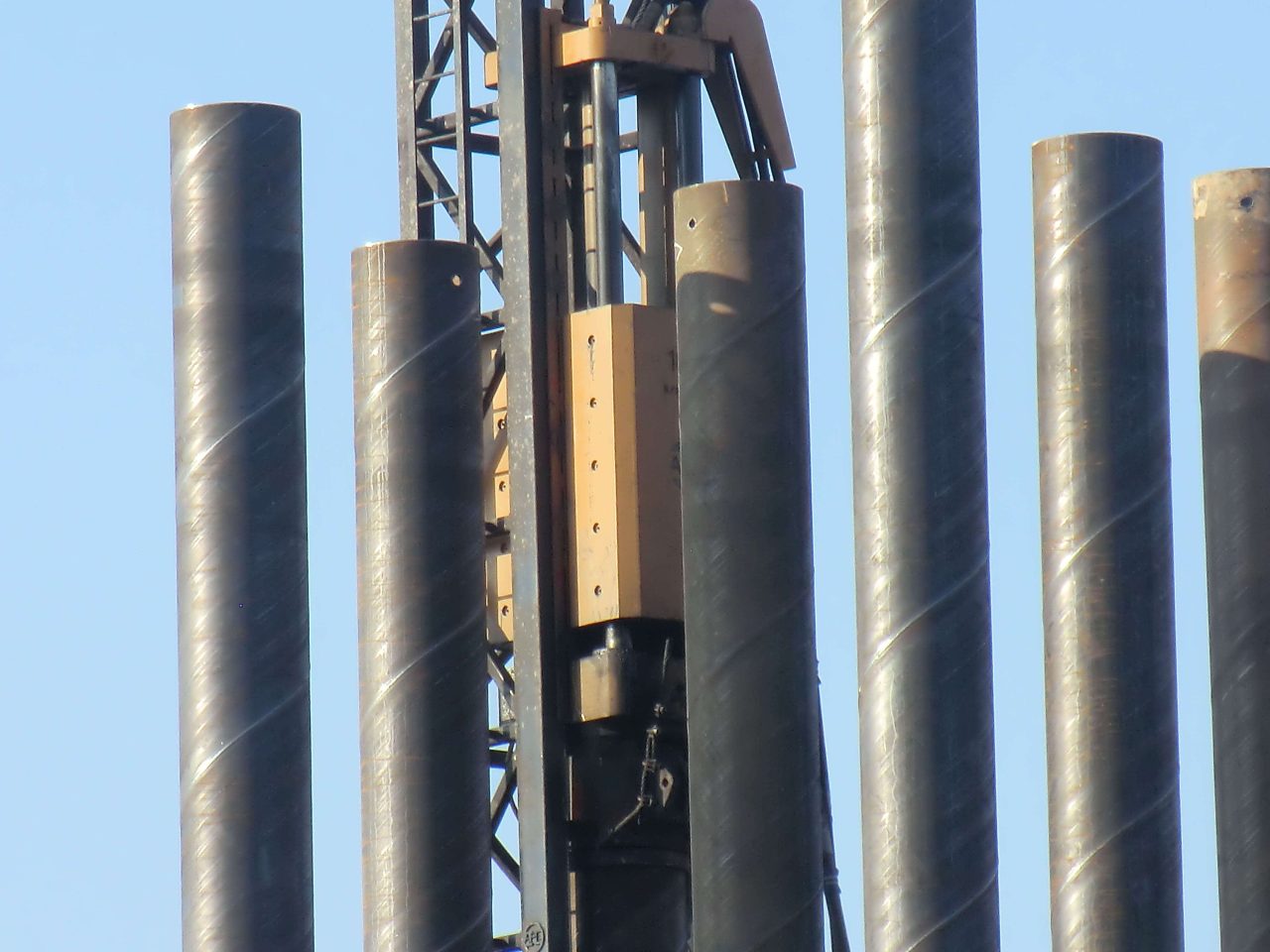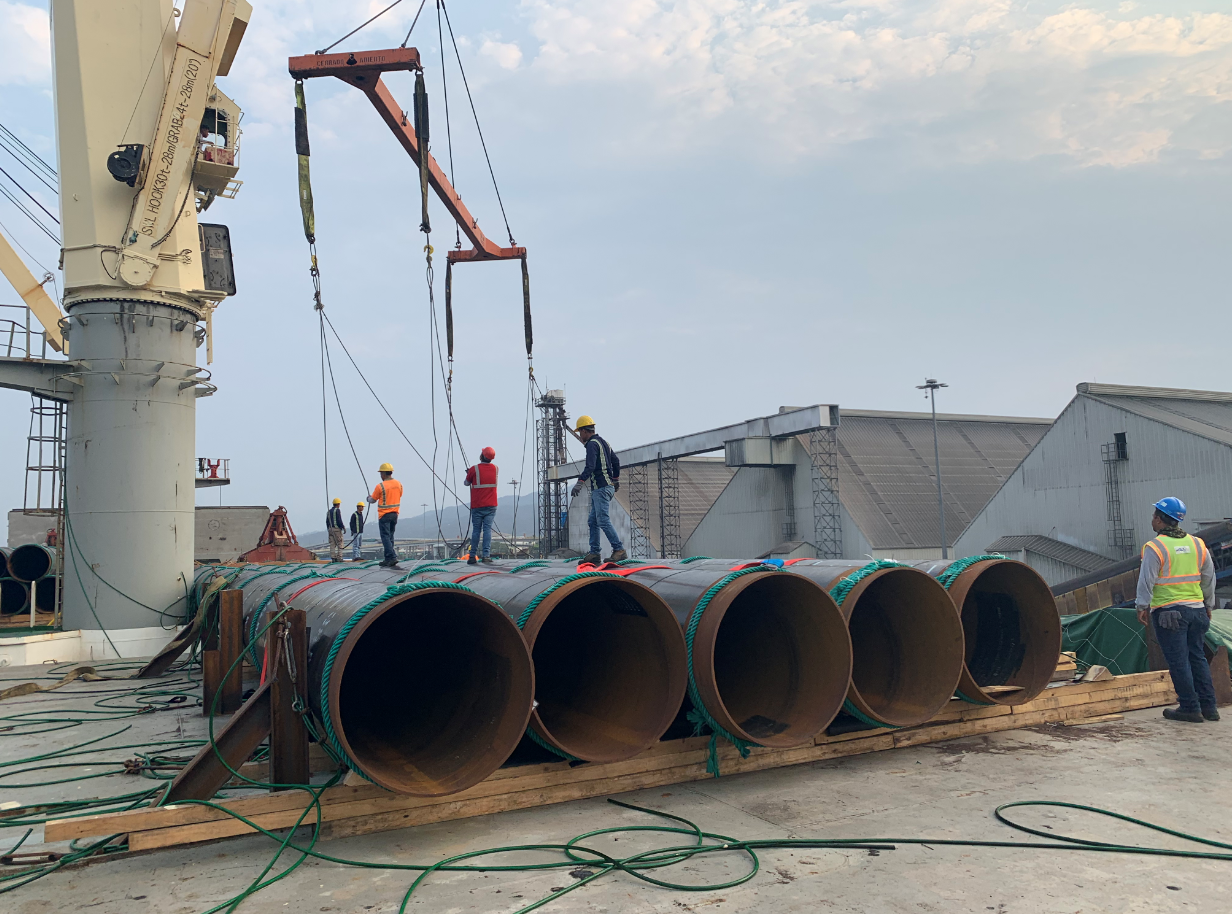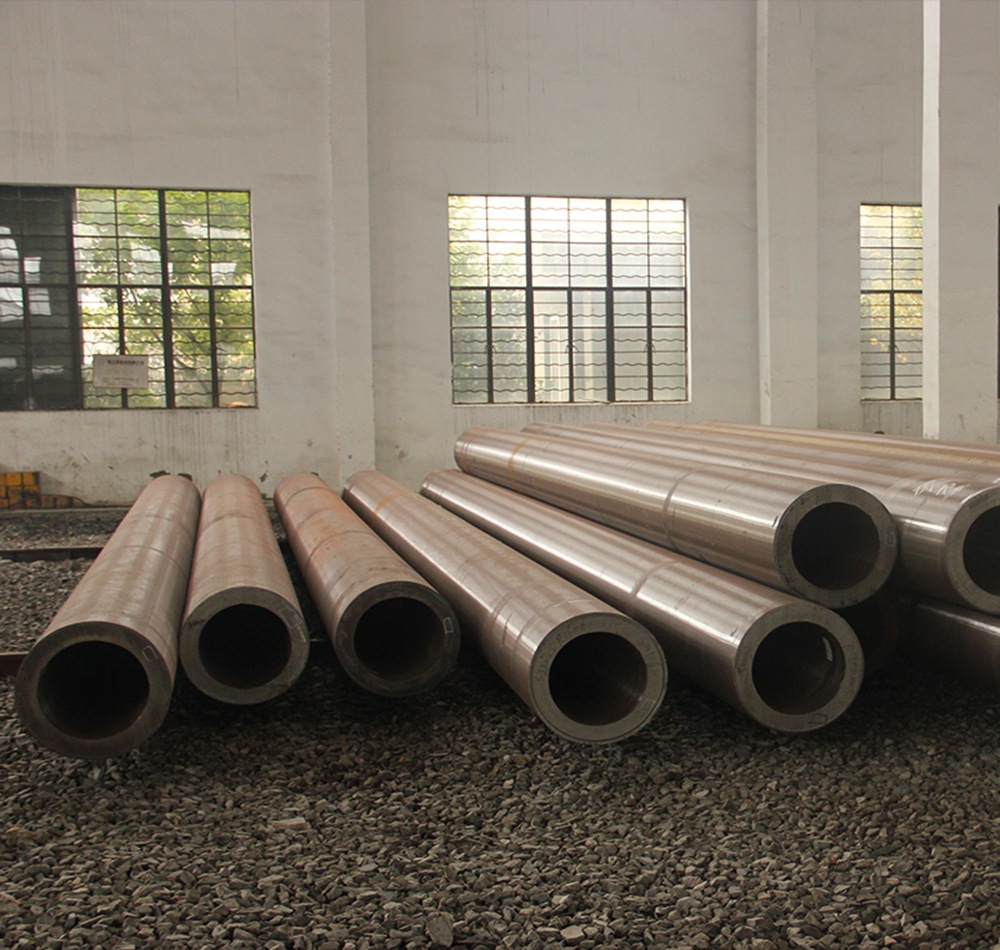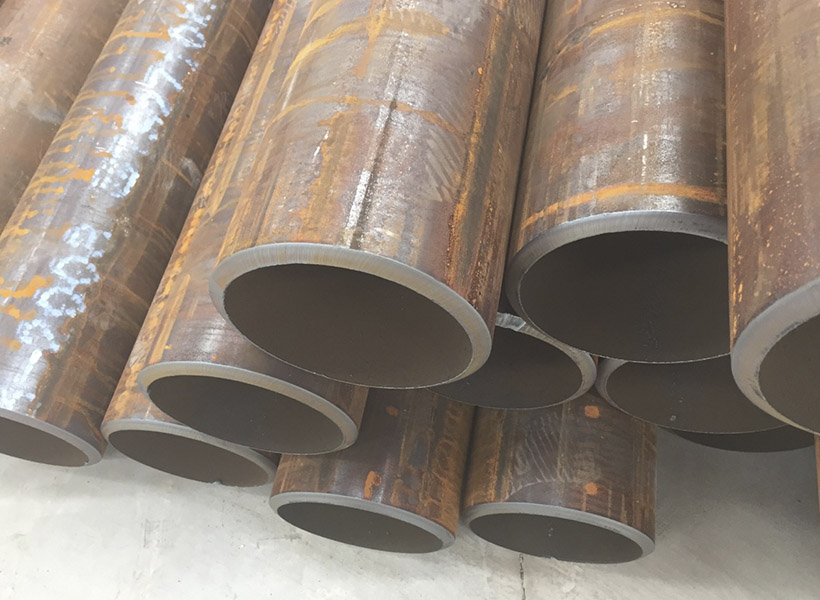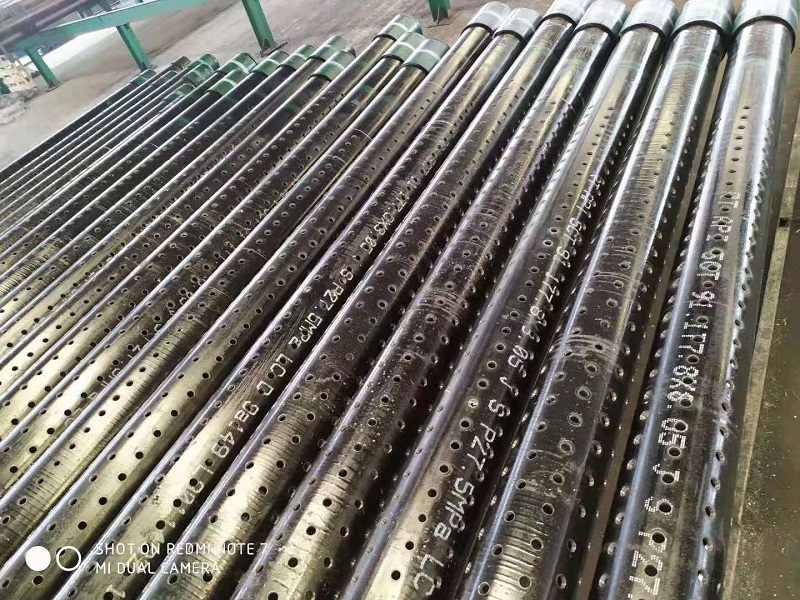Difference between Hot Rolled and Cold Formed Sheet Piles
Sheet piles are commonly used in construction and civil engineering projects to provide temporary or permanent earth retention and excavation support. They are interlocking structural elements that are driven into the ground to create a continuous wall. Sheet piles are available in various materials, including steel, and can be manufactured through two different processes: hot rolling and cold forming. In this article, we will explore the differences between hot rolled and cold formed sheet piles.
1. Manufacturing Process
The main difference between hot rolled and cold formed sheet piles lies in the manufacturing process:
- Hot Rolled Sheet Piles: Hot rolled sheet piles are manufactured by rolling steel at a high temperature. The steel is heated above its recrystallization temperature, allowing it to be easily shaped and formed into the desired profile. The hot rolling process involves passing the steel through a series of rollers to achieve the desired shape and dimensions.
- Cold Formed Sheet Piles: Cold formed sheet piles, on the other hand, are manufactured at room temperature or slightly below. The steel is formed into the desired shape through a process known as cold forming or cold rolling. Cold forming involves the use of heavy-duty roll forming mills, where the steel is passed through a series of rolls to gradually form the sheet pile profile.
2. Material Properties
The difference in the manufacturing process leads to variations in the material properties of hot rolled and cold formed sheet piles:
- Hot Rolled Sheet Piles: Hot rolled sheet piles tend to have a higher tensile strength than cold formed ones. The high-temperature rolling process allows for better grain structure alignment, resulting in improved strength and durability. Hot rolled sheet piles are also known for their excellent bending strength, making them suitable for deep excavation and heavy-duty applications.
- Cold Formed Sheet Piles: Cold formed sheet piles typically have lower tensile and yield strengths compared to hot rolled ones. The cold forming process may introduce some work hardening, which can increase the strength of the steel to a certain extent. However, the overall strength is generally lower than that of hot rolled sheet piles. Cold formed sheet piles are commonly used in lighter applications or where the load requirements are not as demanding.
3. Section Geometry
Another significant difference between hot rolled and cold formed sheet piles is the section geometry:
- Hot Rolled Sheet Piles: Hot rolled sheet piles have a wider range of section geometries compared to cold formed ones. The hot rolling process allows for greater flexibility in shaping the steel, resulting in a variety of profiles, such as U-shaped, Z-shaped, and straight-web sections. The wider range of section geometries gives designers more options to choose from and can better accommodate specific project requirements.
- Cold Formed Sheet Piles: Cold formed sheet piles generally have a simpler section geometry, with U-shaped or Z-shaped profiles being the most common. The cold forming process limits the complexity of the shapes that can be achieved. While the variety of section geometries is more limited, cold formed sheet piles are still versatile and can be adapted to various applications.
4. Cost and Availability
The cost and availability of hot rolled and cold formed sheet piles can vary:
- Cost: Hot rolled sheet piles are typically more cost-effective in terms of manufacturing. The hot rolling process is faster and requires less energy compared to cold forming. However, the cost difference may vary depending on the specific project requirements, the availability of materials, and the location.
- Availability: Hot rolled sheet piles are more readily available in the market due to their wider production capabilities and established supply chains. Cold formed sheet piles may have shorter lead times for manufacturing, especially for standard profiles. However, custom profiles or specific section geometries may require longer lead times.
5. Applications
Both hot rolled and cold formed sheet piles have their own applications based on their properties:
- Hot Rolled Sheet Piles: Hot rolled sheet piles are commonly used in heavy-duty applications that require high strength and durability. They are suitable for deep excavations, large-scale infrastructure projects, and applications where high bending strength is crucial.
- Cold Formed Sheet Piles: Cold formed sheet piles are often used in lighter applications, such as small-scale construction projects, temporary structures, and residential applications. They are also suitable for situations where cost-effectiveness is a priority and the load requirements are not as demanding.
In conclusion, the choice between hot rolled and cold formed sheet piles depends on various factors, including the project requirements, budget, and load considerations. Hot rolled sheet piles offer higher strength and a wider range of section geometries, making them suitable for heavy-duty applications. Cold formed sheet piles, on the other hand, are more cost-effective and have simpler section geometries, making them ideal for lighter applications.

